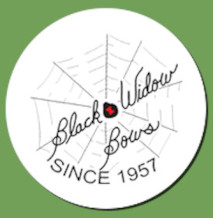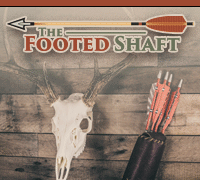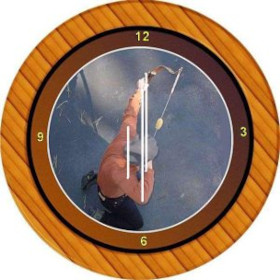I can tell the difference between dacron and most fast flite materials, I think, at least most of the time (L0L). But I'm not sure I can explain it. Dacron tends to be thicker per strand, and on an old string, there tends to be more fraying.
But, since you want to use a fast flite type string, it doesn't really make much difference what the current string is made of. You need to look at the limb tips/overlays. If they're fairly substantial, they'll probably handle a fast flite type string. If not, probably best not to chance it.














